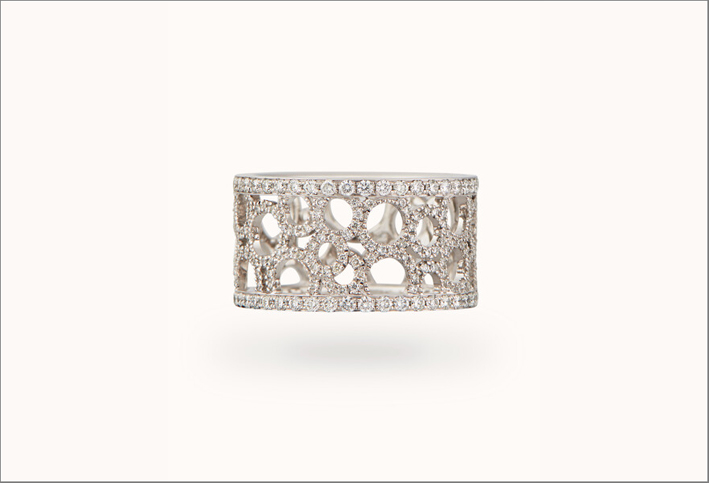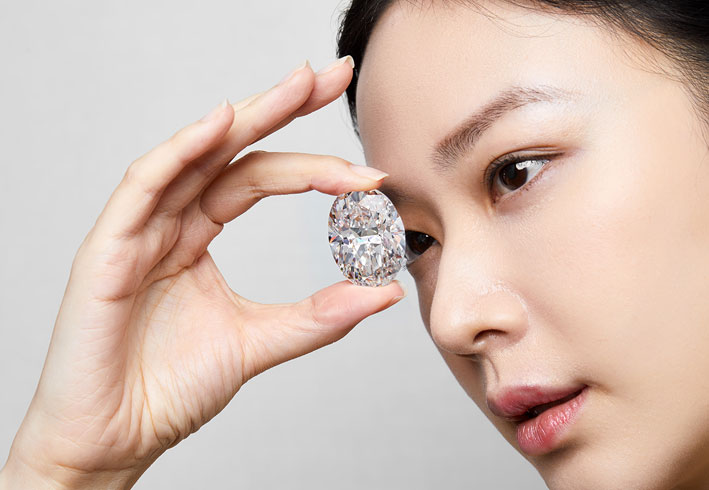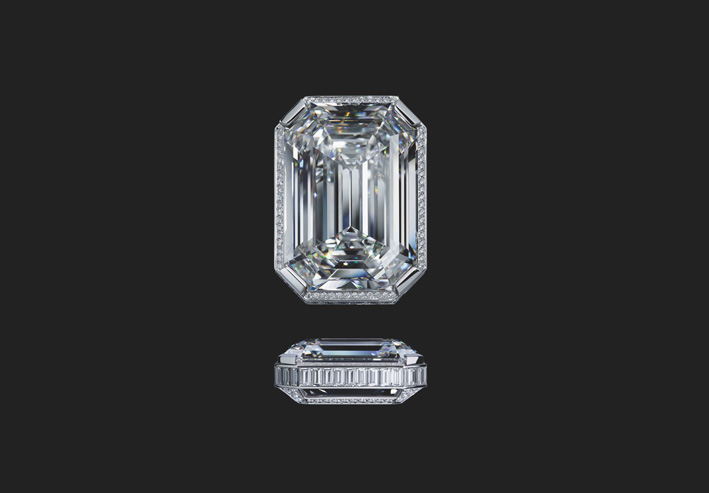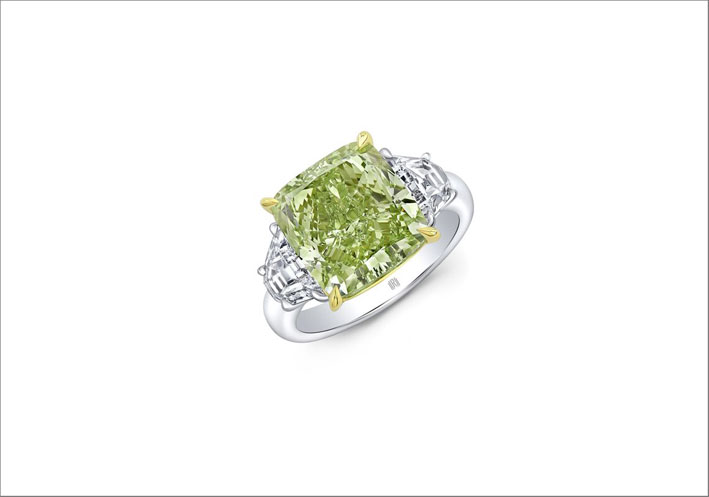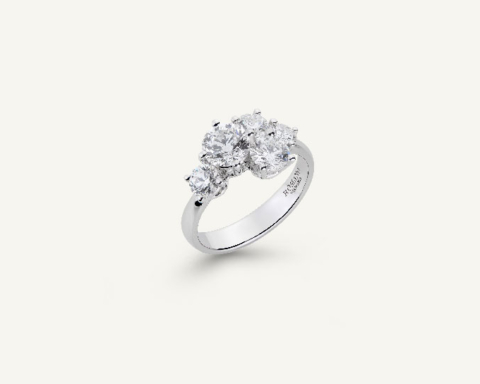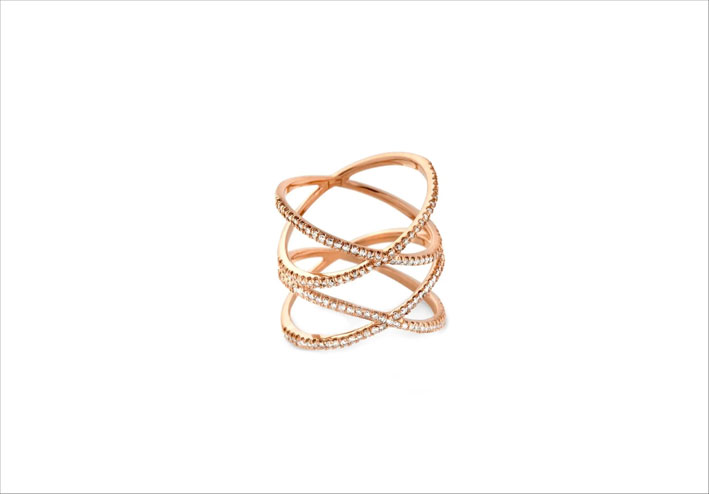The irresistible rise of laboratory diamonds. This is why synthetic diamonds are increasingly popular with jewelry buyers ♦
Would you like to buy a ring with a large 1 carat diamond and pay half the price? Or even 90% less? What if the diamond was not extracted in some Russian or African mine, but produced by a factory and with the same characteristics as the natural ones?
It is the dilemma you will face more and more often. Synthetic diamonds, which companies modestly call “laboratory grown diamonds” or even “off the ground” are now an increasingly widespread reality. According to data collected by the Earther website, industry analyst Paul Zimnisky estimates that they will be 2-3% of the market, but with the percentage it is set to increase. Synthetic diamonds, i.e. laboratory-grown diamonds, are now a widespread industry, especially in China where about half of those in circulation are produced, but mostly used for industrial purposes. Diamonds, in fact, are the hardest mineral that exists and are also used for various uses, for example for cutting machines.
Production is also thriving in the West, where even the largest real diamond industry, De Beers, has started producing artificial stones. And the International Grown Diamond Association (Igda), an association founded in 2016 by a dozen companies active in the sector, now has about 50 members. According to the association, the reasons for the growth of synthetic diamonds are two: the technology allows to lower prices and to obtain diamonds that are difficult to distinguish from natural ones, since they are completely identical and have the same composition as those. natural. In fact, to understand if a diamond is real or artificial, equipment is required that only very few gemmology centers have available. If the stone is not guaranteed (assuming traceability works) a jeweler cannot distinguish a natural diamond from a factory-made one.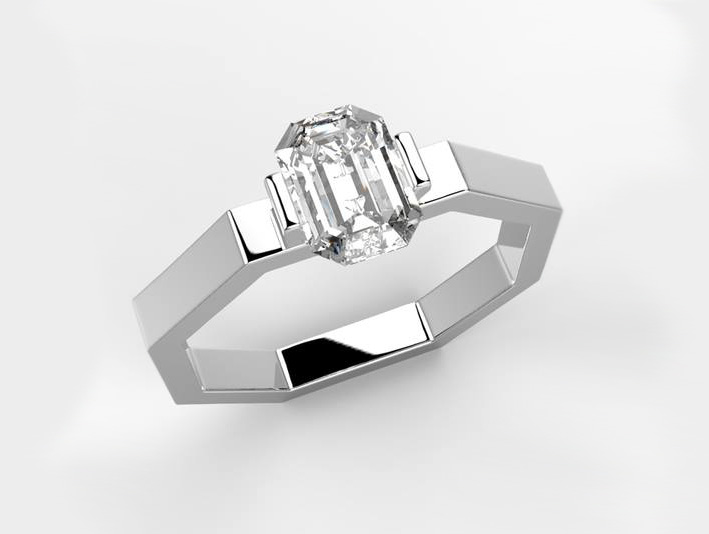
How they are produced
Not all man-made diamonds are created equal. The more traditional system, introduced half a century ago, involves recreating the same conditions with which diamonds were formed in the bowels of the earth. That is, through enormous pressure and an equally exceptional temperature. This method is called HPHT (high-pressure high-temperature). Diamonds are obtained from a carbon material, for example graphite such as that used for pencils. The graphite is placed in a gigantic mechanical press capable of pressures of 5-6 Gigapascals and subjected to temperatures of around 1,600 degrees Celsius. In short, you have to make a great effort.
The alternative system is completely different: it is called CVD and works through chemical vapor deposition. According to the engineers who developed it, it is a way that recreates the conditions of how diamonds could form in the clouds of interstellar gas in space. In this case, a gas generated from hydrocarbons, such as methane, is pumped into a low pressure reactor next to the hydrogen. The gases are then heated from 3,000 to 4,000 degrees Celsius. This causes the carbon atoms to break, which then settle on a substrate, typically a flat square plate of a synthetic diamond produced by the HPHT method.
Features
How is it possible that engineering and chemistry produce stones that are completely similar to natural ones? Yet it is so. Indeed, the lack of nitrogen in diamonds produced with the CVD method apparently confers exceptional chemical purity. So much so that lab grown diamonds are classified as type IIa, that is particularly pure, as they are only 2% of those found in nature. Among other things, while in the past man-made diamonds were only very small, today producers are also able to create stones of considerable size, always with a high degree of purity. In the USA an artificial diamond of almost 7 carats was produced, but in Germany it has gone as far as to produce a monster of 155 carats.
The price
Years ago a laboratory diamond cost a little less than a natural one. Today it costs much less. Indeed, much less. According to industry experts, a medium quality diamond grown in a laboratory now costs 40% less than a natural one. Two years ago the discount was only 18%. In addition, De Beers is also about to offer mass-produced lab-grown diamonds, almost as if they were Swarovski crystals, with a nearly 90% discount compared to natural diamonds.
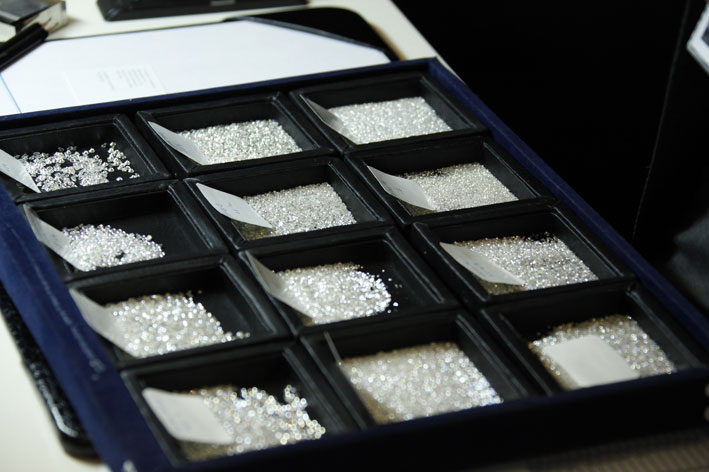
People appreciates
Let’s go back to the original question? Would you like to have a diamond ring and pay half the price? A 2018 Consumer Research survey conducted by MVI Marketing found that most respondents would choose a larger lab-developed diamond over a smaller natural stone, for the same price. But those who want to buy a jewel that maintains or increases its value over time tend to prefer natural diamonds, which are more easily resalable.
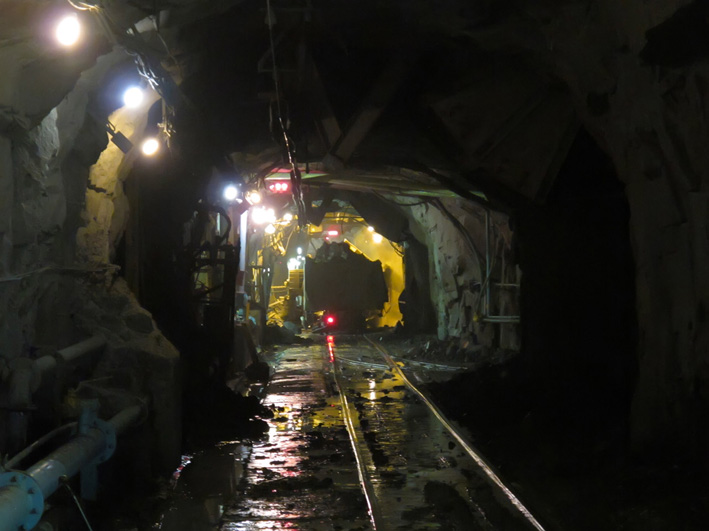
Are they really ecological?
According to the manufacturers, one of the reasons driving the growth of artificial diamonds lies in their sustainability, that is, respect for the environment. But is it really so? It depends. Of course, compared to diamonds extracted in a primitive way, in mines that exploit local populations and that devastate the territory, or perhaps that are used to support wars, the impact of laboratories that produce synthetic diamonds is less. However, it must be added that where the mines are controlled and the mining activity is more modern, the work remains hard, but also necessary for the local populations. Countries such as Botswana, which were among the poorest in the world, today have greatly improved the average living conditions of the population thanks to the mining of precious stones. In addition, a lot of energy needs to be used to produce laboratory diamonds and, for example, in China most of the electricity originates in coal-fired power plants.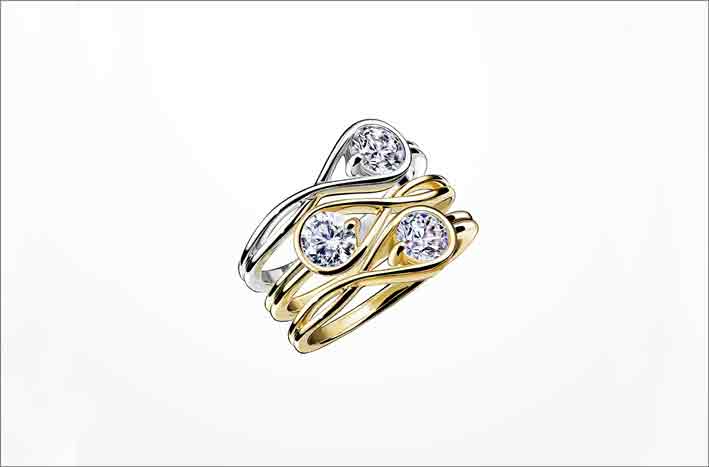
According to industry experts, the most efficient diamond factories with the HPHT method today use around 700 kWh per carat, while CVD production uses even more, 1,000 kWh per carat of diamond produced. One study estimated that laboratory diamonds produce around 511 kilograms of carbon emissions. According to the mining companies, to extract a natural diamond, between fuel consumption and electricity, you get to just 160 kilograms of emissions. In short, according to the data of the companies that extract diamonds (and which must therefore be considered biased), extracting a natural stone pollutes less than producing it artificially. It is difficult to say how reliable these data are, but we must take note of what they say. In short, there are two sides to the coin.

